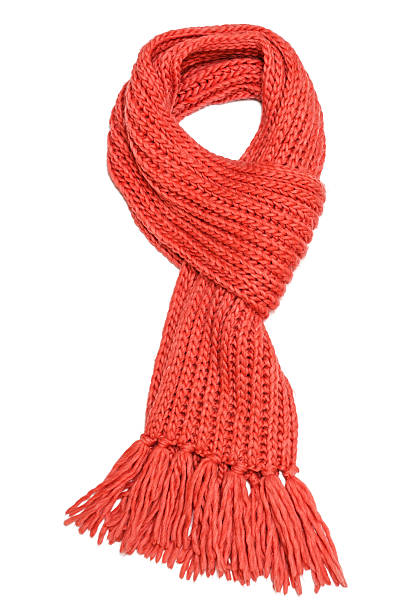Different Styles And Fabrics In Kids And Baby Clothing
Kids and baby clothing comes in many styles, colors, and materials. This article explains how different fabrics feel, how clothes are made, and how designs can help children move and play comfortably. Learn how clothing choices can make dressing fun and easy every day.

Essential Fabrics for Baby Clothing
When it comes to baby clothing, fabric selection is perhaps the most critical factor. Babies have delicate skin that requires soft, breathable materials to prevent irritation and discomfort. Cotton remains the most popular choice for baby clothing as it’s natural, breathable, and gentle on sensitive skin. Organic cotton has gained popularity among parents concerned about chemical exposure, as it’s grown without pesticides or synthetic fertilizers. Other suitable fabrics include bamboo (known for its antibacterial properties and exceptional softness), muslin (lightweight and highly breathable), and jersey knits that provide stretch and comfort for growing babies. For cooler weather, lightweight merino wool offers natural temperature regulation without the scratchiness associated with traditional wool.
Popular Kids Clothing Styles By Age Group
Kids clothing styles vary significantly across different age groups to accommodate developmental stages and activity levels. For infants (0-12 months), bodysuits, one-piece rompers, and sleep sacks dominate, prioritizing easy diaper access and comfortable movement. Toddler outfits (1-3 years) feature more separates with elastic waistbands, pull-on styles, and clothes that facilitate self-dressing as children develop independence. Preschoolers (3-5 years) often wear practical play clothes with reinforced knees, adjustable waistbands, and easy-to-manage closures. School-aged children (6-12 years) begin showing more fashion preferences, with styles resembling adult clothing but modified for active lifestyles and comfort. Throughout these stages, adaptable clothing designs like adjustable waistbands, roll-up sleeves, and convertible options allow for extended wear as children grow rapidly.
Seasonal Considerations in Children’s Fashion
Children’s fashion necessarily adapts to seasonal changes, requiring different fabrics and designs throughout the year. Summer kids wear typically features lightweight, breathable fabrics like cotton, linen, and thin jersey to prevent overheating. Popular summer items include shorts, t-shirts, sundresses, and lightweight rompers, often with UV-protective properties. For winter, layering becomes essential with thermal underwear, fleece-lined pants, insulated jackets, and water-resistant outerwear. Spring and fall call for transitional clothing that can adapt to fluctuating temperatures—items like cardigans, light jackets, convertible pants, and medium-weight long-sleeve tops. Regardless of season, adaptable clothing that can be layered or adjusted offers the best value and practicality for rapidly growing children.
Functional Features in Toddler Outfits
Toddler outfits have evolved to include numerous functional features that address the practical challenges of dressing active, growing children. Reinforced knees extend the life of pants for crawling or active toddlers, while snap crotches allow for quick diaper changes without removing entire outfits. Many manufacturers now incorporate adjustable waistbands with hidden elastic or button systems that accommodate growth spurts. For developing independence, toddler clothing often features large buttons, magnetic closures, or color-coded elements that help children learn to dress themselves. Additionally, practical details like mitten clips, reflective details for visibility, and pockets sized appropriately for small hands enhance the functionality of toddler clothing while maintaining comfort and style.
Sustainable Trends in Kids Wear
The children’s fashion industry has seen a significant shift toward sustainability in recent years. Eco-friendly kids wear now includes clothing made from recycled materials, organic fabrics, and production processes that minimize environmental impact. Gender-neutral designs have gained popularity, allowing clothes to be passed between siblings regardless of gender. Capsule wardrobes—collections of versatile pieces that can be mixed and matched—have become a practical solution for reducing consumption while maintaining style. Many brands now embrace “grow-with-me” designs featuring adjustable elements that extend a garment’s usable life by accommodating 2-3 size ranges. Additionally, clothing rental services and second-hand marketplaces specifically for children’s clothing have emerged as sustainable alternatives to continuous purchasing of new items for rapidly growing children.
Performance Fabrics for Active Children
With children’s active lifestyles in mind, performance fabrics previously reserved for athletic wear have become mainstream in everyday kids clothing. Moisture-wicking materials draw sweat away from the body, keeping active children dry during play. Stain-resistant treatments help clothes withstand the inevitable spills and messes of childhood while reducing the need for frequent washing. Quick-dry fabrics are particularly valuable for swimwear and outdoor clothing. Many manufacturers now incorporate stretch components like elastane or spandex into everyday clothes to accommodate movement and play. For outdoor activities, technical fabrics offering water resistance, wind protection, or thermal insulation provide comfort in varying conditions without the bulk or weight of traditional protective clothing.
The world of kids and baby clothing continues to evolve with innovations that address both practical needs and style preferences. By understanding the different fabrics, styles, and features available, parents can make informed choices that prioritize their children’s comfort, safety, and freedom of movement while still expressing personality through fashion. As sustainability becomes increasingly important, the industry’s move toward eco-friendly materials and adaptable designs offers promising options for conscientious consumers.




